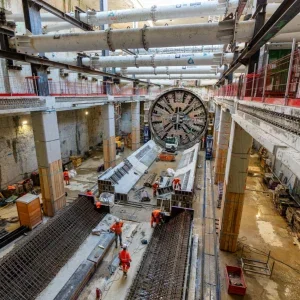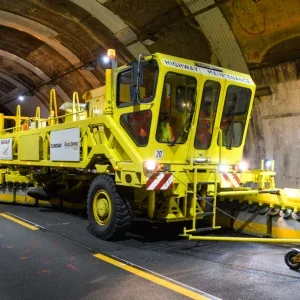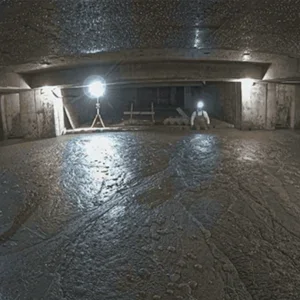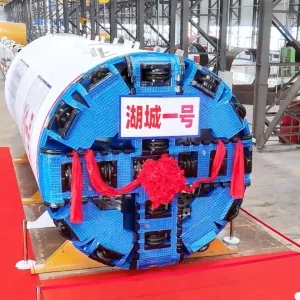In the US, a series of tunnel-related bills have called for more security on Amtrak tunnels, the creation of a national highway tunnel inspection programme, and a change to legislation to permit extension to Los Angeles’ metro’s Red Line.
Among the key features of the Surface Transportation and Rail Security Act of 2007 introduced to the Senate is the proposal to spend US$472M over 2008-2011 on upgrading safety measures in Amtrak rail tunnels in New York, Washington DC and Baltimore – where US$3M is earmarked for preliminary design work on a new tunnel.
The bulk of the funds – US$400M – are lined up for safety improvements on the six Amtrak tunnels in New York. In Baltimore, the spend on upgrades including drainage on the Baltimore & Potomac tunnel and the Union tunnel would be US$40M. The Union Station tunnels in the capital would see US$32M spent over four years.
In the House of Representatives, a separate bill was filed to amend existing legislation on bridges to add the need for tunnel inspections nationally. Following the fatal accident in the Big Dig tunnel in Boston last year, Congressman Mike Capuano moved to create a mandatory inspection regime.
The bill won early backing from Massachusetts’ state delegation and proposes there will be minimum inspection standards, such as their frequency and engineers’ qualifications. States would hold a register of highway tunnels and inspection reports plus follow-up action plans. If it becomes legislation, the bill would see the creation of a highway tunnel inspection programme and that would require a body of trained, certified inspectors.
Also in the House, in early February a bill was passed that clears the way for Los Angeles Metro’s Red Line to be extended. The move clears the way for federal funding and results from the conclusion that tunnelling technology has advanced enough to overcome safety fears over methane gas in excavations.
A methane explosion in Fairfax, in 1985, led to legislation blocking further tunnelling for the Red Line.







